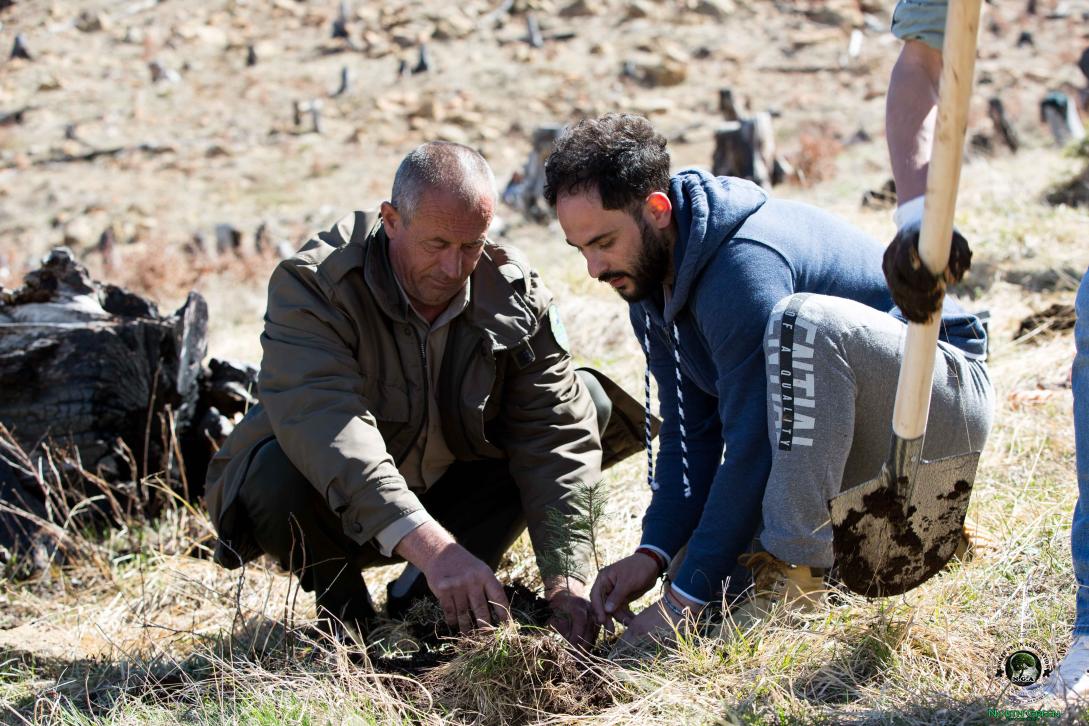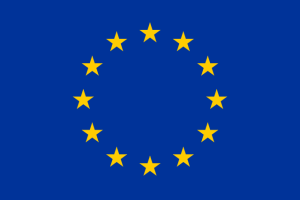Activists drive reforestation of Lura’s National Park

The National Park of Lura is one of Albania's most beautiful natural gems. This massive and wild national Park is home to various native species of flora and fauna.
Recognized as the Green Lungs of Northern Albania, Lura National Park has faced severe challenges since 1992, enduring widespread deforestation, uncontrolled forest fires, and catastrophic damage, leading to the loss of around two-thirds of its tree cover.
Numerous activists persistently endeavour to reverse this damage by planting trees in the Lura National Park. Among them is Edi Truka, a 36-year-old native of Dibra deeply troubled by the park's current state. Edi's roots in Peshkopia fostered a strong connection to this region.
"I remember when Lura was the most beautiful place. The endless fir and pine forests, the old pine trees, and the beautiful glacial lakes with their white lilies during summertime gave this Park its spectacular landscape and wonderful panorama, making it one of the main tourist attractions that promoted Albania abroad. We felt so proud of it," recalls Edi.
Destruction
Following the collapse of the dictatorship in the early 1990s, many people chose to emigrate. In contrast, the others tried to find ways to earn a living using whatever nearby resources they could get. First, the people, and later even commercial entities, engaged in logging and exporting timber. Forest fires have also become a frequent menace.
The belief that the Park was huge and its trees would never end, leading to this thoughtless deforestation, continued for about two decades until no trees were left, just barren lands and a vast landscape entirely cleared of vegetation.

North Green Association
Ten years ago, the images and footage of Lura's natural disaster made national headlines and became visible to everyone. Unfortunately, it was too late to reverse the impact of human actions on nature. In 2016, the Albanian Government approved a 10-year moratorium, banning all uncontrolled deforestation activity until 2026. However, little has changed at the Lura National Park.
The turning point
Edi stands as one of the environmentalists striving to rejuvenate the Lura National Park. He graduated in Italy where he studied urban and territorial planning and returned to Albania in 2013. Collaborating with like-minded friends, they established the "North Green Association," which works with environmental projects. "The organization's name is after Northern Europe, where nature and people coexist harmoniously. This is our dream for Albania, too, " Edi adds.
One of the North Green Association's projects was raising awareness for planting trees in the Lura National Park. They secured the support of ENV.net project, implemented by the Co-Plan Institute for Habitat Development and financed by the European Union.
Thanks to this project and in cooperation with the Local Agency of Protected Areas (ADZM Diber) they could plant trees in one of the most devastated areas, close to the main lake of Lura, the Lake of Flowers. "We engaged students from a nearby vocational school, "Nazmi Rushiti" and together, we planted over 1000 trees, of which over 60% have flourished,” says Edi.
Challenges and aspirations
While the community supports every effort to restore Lura's natural splendour, Edi emphasizes the long duration required for forest regeneration. “A forest cannot be created in a day. It takes just minutes to cut down a tree, but it takes a man's whole lifetime to see a seedling grow into a tree", reflects Edi, who is convinced that Lura demands more than a thousand or even a million trees.
This endeavour requires a vast national restoration plan, rigid regulation, and strict monitoring. To further their cause, North Green Association applied for another project, part of the IdeAl programme financed by the European Union called "National Forest Sos." This project aimed to evaluate the effectiveness of the Forest Moratorium Law (2016-2026) through various instruments.

"We discovered that vast areas of forest have been replaced or reduced to scrubland in the forest map," says Edi, adding that there is a lack of clarity and institutional overlap in monitoring the non-cutting of forests.
The project found that forests are used at 450% more than their growth rate, and trees are still used as firewood to meet the heating needs of the residents in the respective municipalities. The project produced some recommendations for the policymakers for 2023-2035, such as terminating the ten-year contracts (2014-2024) for the extraction of materials from the forest fund, extending the 10-year term of the moratorium law on forests, and establishing a structure for the protection of forests.
About the projects
"Campaigning for improved protection and management of forests in the protected Lura National Park" was a grant initiative by the North Green Association in the framework of the ENV-net regional project implemented in Albania by the Co-Plan Institute for Habitat Development, funded by the EU.
The "SOS National Forest Project" was another grant initiative by the North Green Association in the framework of the IdeAl Programme (Dialogue for inclusive, evidence-based policy development in Albania) implemented by the Co Plan Institute for Habitat Development and funded by the EU.
The objective of the two projects was to contribute to the improvement of the public, evidence-based policy dialogue in Albania between central and local state institutions and civil society, on matters relating to inter alia climate change and environment.





